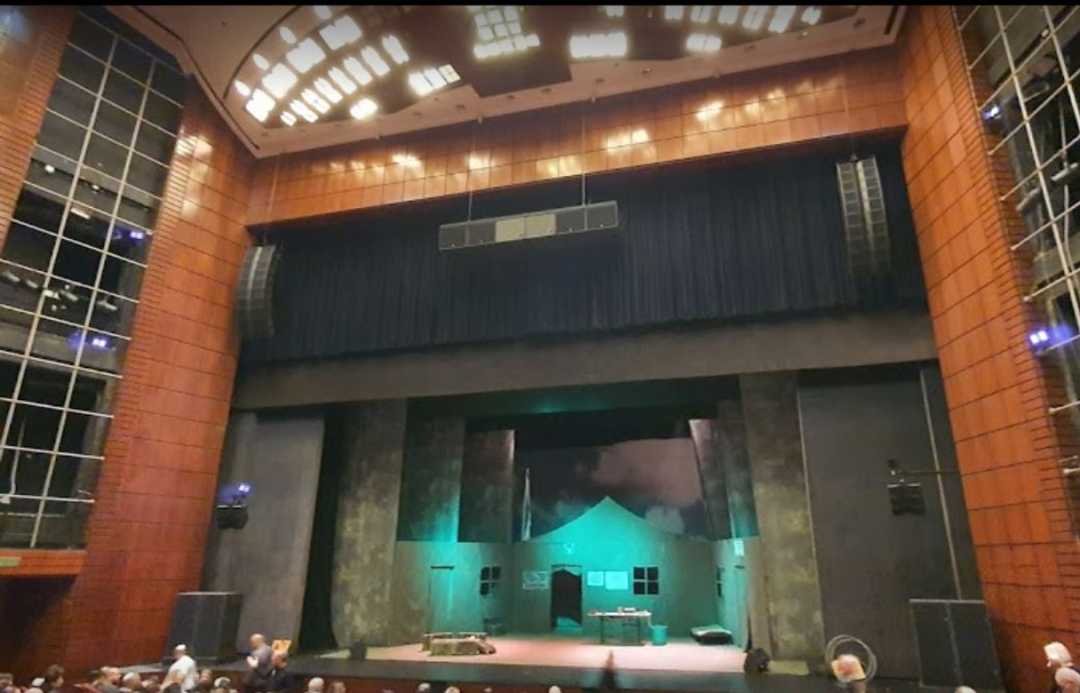LeZion auditorium upgrades with L-Acoustics
- Details

Constructed 20 years ago and located just eight kilometres from Tel Aviv, the Hall is known for its excellent acoustics and the comfort of its seating. The multi-purpose venue includes a large auditorium of 970 seats - where the new system was installed - a smaller auditorium of 250 seats and dance halls, both large and small.
The main auditorium hosts a full range of productions, from drama and musical theatre to classical concerts and rock and roll. The venue also serves as the home of the Israeli Symphony Orchestra Rishon LeZion as well as hosting the annual International Spring Festival, which features first-rate artists from Israel and around the world.
At the beginning of the project, the Hall employed the services of award-winning AV consultant, Harel Tabibi. A public tender was produced, with Tabibi overseeing a shootout between three leading loudspeaker manufacturers.
With L-Acoustics selected, Tabibi worked alongside the manufacturer’s Israeli distributor, Lightone, whose Assa Efrat produced the Soundvision file for Tabibi’s design, and installation company Charmer Group Ltd.
“It’s the responsibility of the consultant to consider the architecture of the room, and this is a very beautiful venue,” Tabibi continues. “There’s always a compromise between positioning for optimum sound and positioning for optimum sightlines, but we work to overcome this. Being part of the project from the very beginning is a big advantage.”
Tabibi’s final design comprises main hangs of 10 Kara(i), left and right of the stage, with lower fills of three Kiva II per side, mounted lower down on the proscenium walls. Six SB18i subs are flown centrally, with two floor-stacked SB28 per side. Front fill is courtesy of four X8 evenly spaced across the stage lip. Delays for the upper balcony are three further X8, suspended from the auditorium ceiling.
“There are two balconies, the second of which is very high, and two ceilings, the first of which curves away from just above the top of the Kara hangs,” adds Lightone’s Tal Cohen. “This was one of the biggest challenges and made rigging the system very complicated. To have the subs level with the top of the Kara hangs on the proscenium arch, we needed to build a special rigging frame.”
(Jim Evans)
















